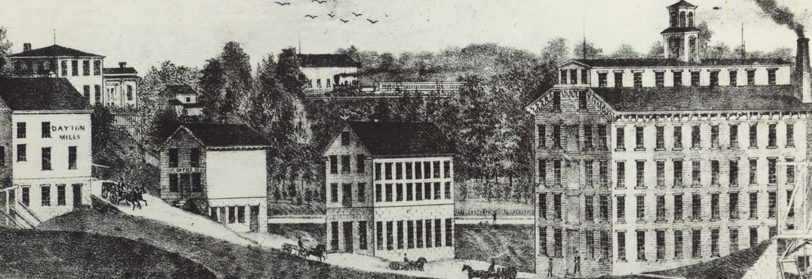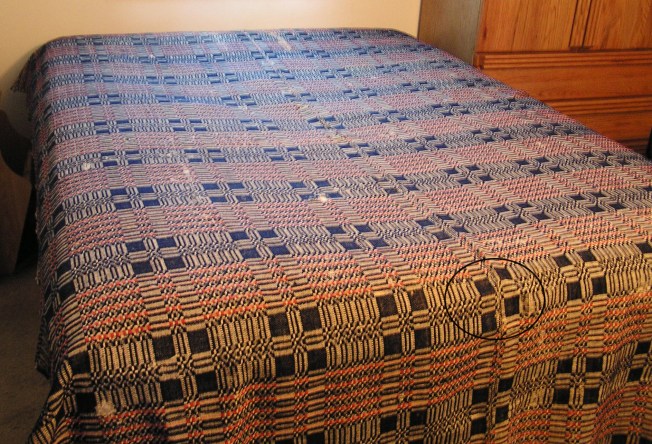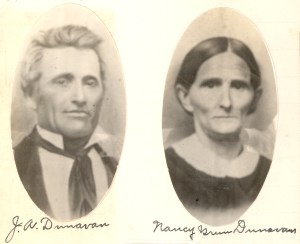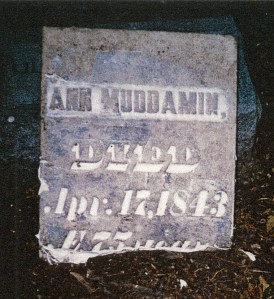One of the major events in La Salle county during the Black Hawk War was the Indian Creek Massacre, which alarmed the settlers in the area. Barbara Green was in Dayton and recounted these memories:
On the 16th of May 1832, about ten o’clock in the morning, myself and the girls were washing at the spring near where the feeder bridge now is when Eliza came down on horseback and told us that the Indians were coming & that we would have to go to Ottawa right away. Then we went to a place a couple of miles below Ottawa (to Penbrook) and stayed there all night the next day come up to Ottawa and next day home again. This was Sunday and the next day the men made a stockade around the house out of plank. After it was finished they tried it to see if a bullet would go through it, and it did, so they hung up feather beds all around. There were about sixty people here at the time, we were so crowded that they had to sleep on tables, under the beds and all over the house.
The same night George Walker came and told us that we must go to Ottawa again, so we left right away and went down to the river to get in the pirougue, but when we got there we found that Daniels’ had taken the boat and gone before we got there, so we had to walk. As I had forgot some of Rachel’s clothes and, coming back to the house, I found Jesse and David yet in bed. They had been waked before we started so I supposed they were with us. We followed the river bank all the way down and I had to carry Becky all the way because she would cry when anyone else took her.
Aunt Becky Trumbo was sick so that she could not walk and she rode on the horse behind old Mr. Letts. Eliza Trumbo was left standing on the river bank and we went off and forgot her. Wm Dunavan came back and got her. When we got to Ottawa there was no fort there, only a log cabin on the south side of the river, but they soon built a fort on top of the hill. We went to the fort but there was so much confusion there that we had the log house moved up on the hill and lived in it. We women didn’t know what the trouble was til we reached Ottawa and then they told us about the “Indian Creek Massacre” where there were sixteen people killed. Two boys who ran away and two girls who were taken prisoners, were the only ones that escaped.
The next day (?) a company of soldiers from the southern part of the state passed through Ottawa on the way up the river and two men Hazleton and Schemerhorn who lived at Mission Settlement intended to go with them to their farms but failed to get ready in time and so were an hour or two behind the soldiers.
Dictated to Maud V. Green by her grandmother, Barbara Grove Green, December, 1884. Transcribed from the handwritten original by Candace Wilmot, gr-gr-granddaughter of Barbara Grove Green, 18 September 1990. Original in possession of Candace Wilmot.






